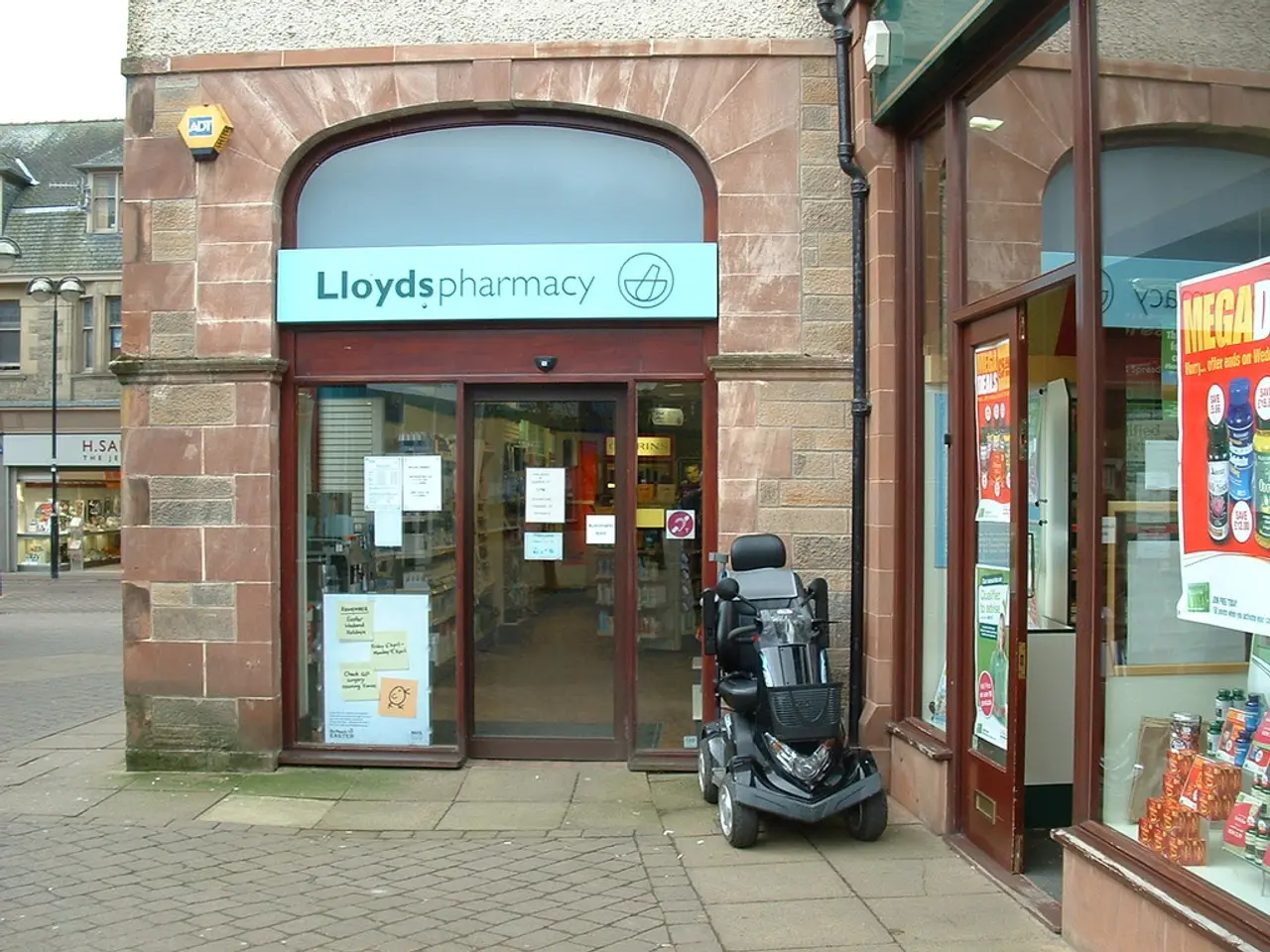Exploring Fasenra's cost and potential savings avenues
Fasenra, a brand-name prescription medication, is approved to treat severe eosinophilic asthma in adults and some children. However, understanding the cost of Fasenra can be complex, as it depends on various factors.
The cost of Fasenra can vary based on factors such as treatment plan, insurance coverage, pharmacy, cost of healthcare professional visits, and whether Fasenra has a savings program. It's essential to consult with a doctor, pharmacist, or insurance provider to find out the cost for an individual.
Fasenra is a biologic drug, which generally has higher costs compared to biosimilar drugs. The price difference stems from the greater complexity, research, development, and manufacturing costs involved in producing original biologics compared to biosimilars.
Biologic drugs are large, complex molecules made from living cells, requiring sophisticated manufacturing processes. Biosimilars, on the other hand, are similar but not identical versions developed after the original biologic’s patent expires, allowing them to be less costly to produce.
Biosimilars undergo an abbreviated regulatory approval process compared to original biologics, focusing on demonstrating similarity rather than full clinical trials, reducing development costs. Original biologics often enjoy patent protection and market exclusivity enabling higher pricing, whereas biosimilars enter the market later and compete on price.
In Medicare formularies and prescription drug plans, biosimilars are often placed in lower cost-sharing tiers or have fewer restrictions to encourage their use and reduce patient drug costs.
If you have insurance, your insurance company may require prior authorization before covering Fasenra. It is recommended to ask your insurance company whether Fasenra requires prior authorization.
Fasenra contains the active ingredient benralizumab and is available only as a biologic drug, without a biosimilar version. However, when the patent for a biologic drug expires, multiple manufacturers can create biosimilar versions, potentially leading to lower costs.
Financial and insurance assistance is available for Fasenra, such as the Fasenra 360 savings program and drug assistance programs offered by websites like Medicine Assistance Tool and NeedyMeds.
It's important to note that the cost of Fasenra per month and per year with insurance is generally lower than the cost without insurance. However, if a drug requires prior authorization but you start treatment without the prior approval, you could pay the full cost of the medication.
Fasenra doses are given via injections under the skin. The cost per injection of Fasenra may be different than the cost per dose, depending on where you receive your doses. In some cases, Fasenra injections may be billed through your medical coverage instead of the prescription drug portion of your insurance plan.
For more information about the cost per month and per year to get Fasenra injections, ask your doctor or insurance provider. If you're a Medicare beneficiary, you can call your Medicare plan provider to learn whether your particular plan covers the cost of Fasenra injections. Fasenra may need to be purchased through a specialty pharmacy authorized to carry specialty drugs.
In conclusion, while the cost of Fasenra can be a concern for some patients, understanding the factors that influence its price and seeking financial and insurance assistance can help make it more affordable.
- Consulting with health providers, insurance deciders, and pharmacists can help determine the cost of Fasenra, considering elements such as treatment plans, healthcare visits, insurance coverage, and potential savings programs.
- Biologic drugs like Fasenra, typically more expensive than biosimilar drugs, have higher costs due to greater complexity, research, development, and manufacturing costs.
- In Medicare formularies and prescription drug plans, biosimilars are often located in lower cost-sharing tiers or have fewer restrictions to encourage their use and reduce patient drug costs.
- Financial and insurance assistance programs, such as the Fasenra 360 savings program, Medicine Assistance Tool, and NeedyMeds, can help make Fasenra more affordable for patients, especially with insurance coverage.




